Snakes have inhabited our planet for millions of years, adapting and evolving to survive in diverse environments across the globe. Despite the range of emotions they elicit, there is no denying the vital role snakes play in their respective ecosystems, helping control rodent populations and serving as both predator and prey in the intricate web of life. There are many facts about snakes that we still don’t know. Now, if you want to know fun facts about snakes, then you are at the right place. We have curated all interesting facts about snakes down below.
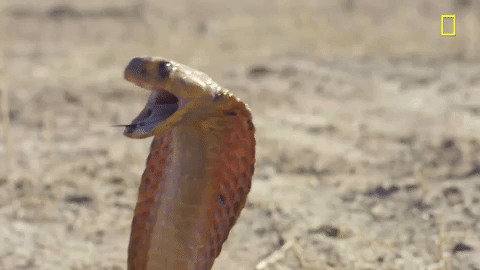
Fun facts about snakes
1. Not all snakes lay eggs

Yes! According to the World Animal Protection, only 70 per cent of snakes lay eggs. Snakes in cold climates have live births as their eggs won’t survive there.
2. They smell with their tongues

While snakes do have nostrils, they smell by using their Jacobson’s organ in the roof of their mouth.
3. They can eat large preys

Snakes have very flexible lower jaws which allows them to eat animals who are 75% – 100% larger than their own head.
4. They have hundreds of ribs

Snakes have hundreds of ribs to protect their organs.
Checkout: Facts About Hinduism
5. Snakes don’t have eyelids

Snakes do not have eyelids. They don’t blink and have to sleep with their eyes wide open.
Facts about sea snakes
1. All sea snakes are venomous

All sea snakes are venomous. They possess specialized venom glands and fangs at the front of their mouths.
2. Sea snakes have 60 different species

There are over 60 species of sea snakes having different genera including Hydrophis, Aipysurus, and Laticauda.
3. They are great adaptations to marine life

Sea snakes have flattened paddle-like tails, which make them excellent swimmers, allowing them to move gracefully through the ocean.
4. They have salt glands

Sea snakes have specialized salt glands located near their tongues that allow them to expel excess salt ingested while feeding on saltwater prey.
5. They are carnivorous
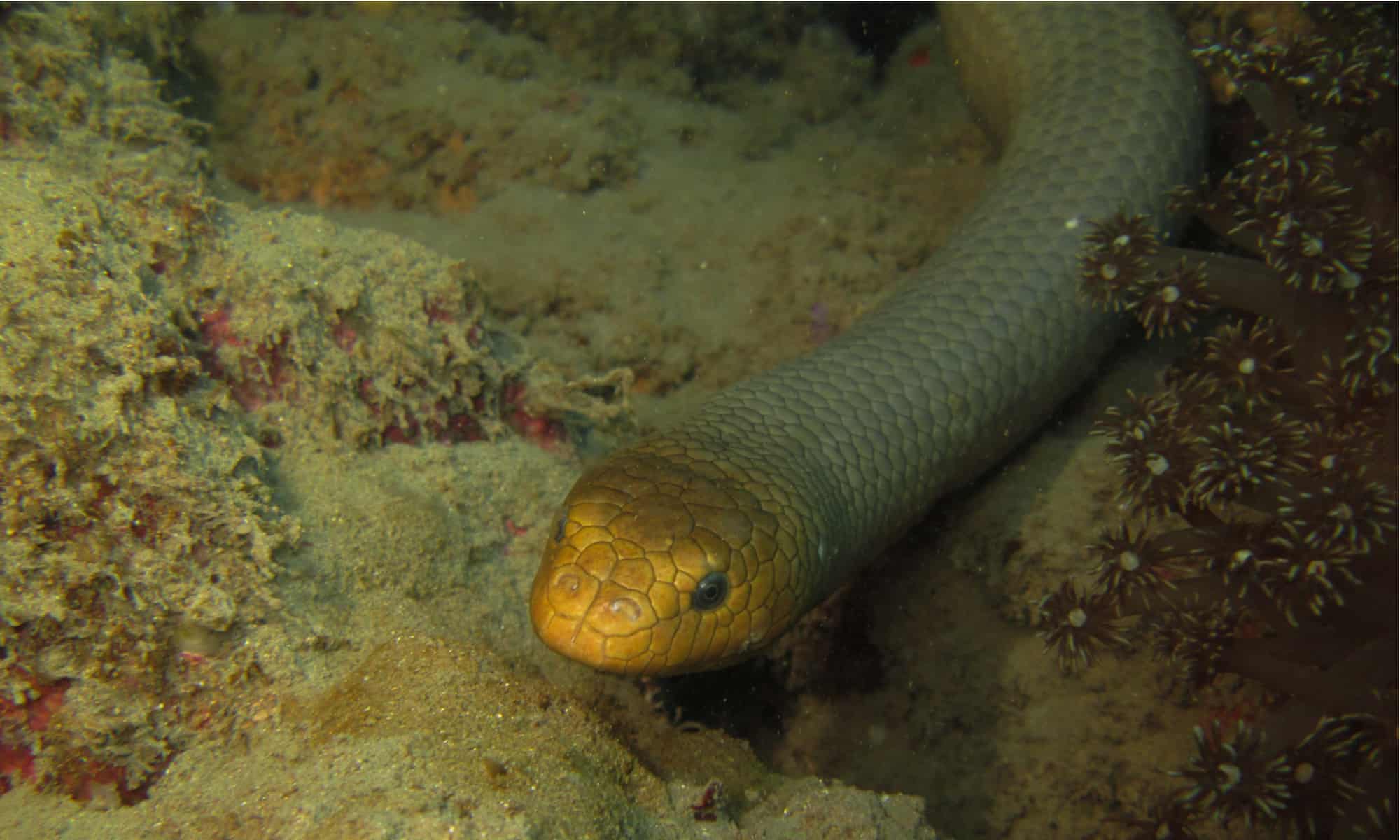
Sea snakes are carnivorous and mainly feed on fish and other marine animals like eels and small crustaceans.
Also Read: Interesting Facts On India
Facts about corn snakes
1. Corn snakes have variety of colours and patterns
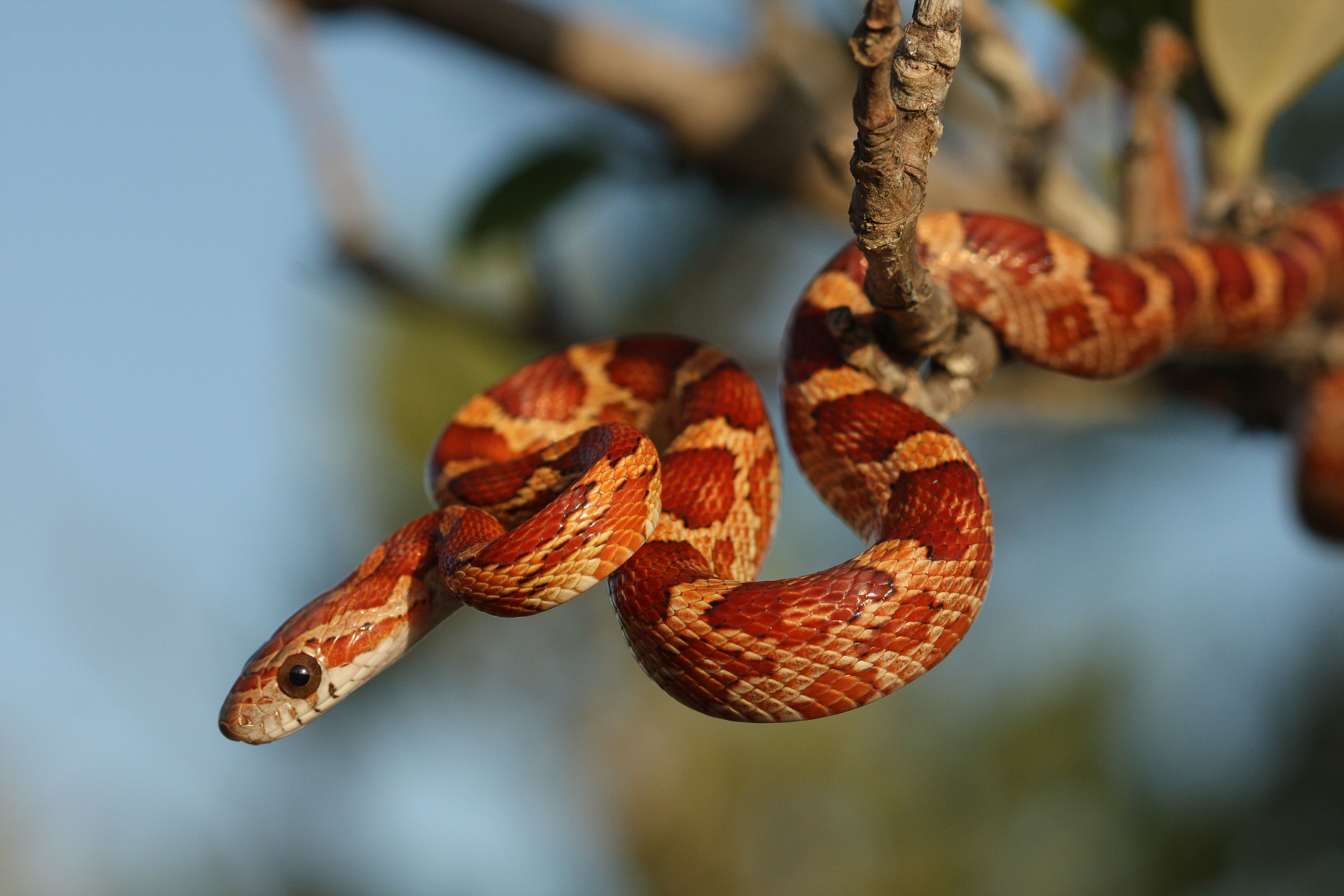
Corn snakes exhibit a wide range of colors and patterns, making them highly sought after in the pet trade.
2. They are calm in nature

Corn snakes are generally docile and are known for their calm temperament.
3. They doesn’t live for more than eight years
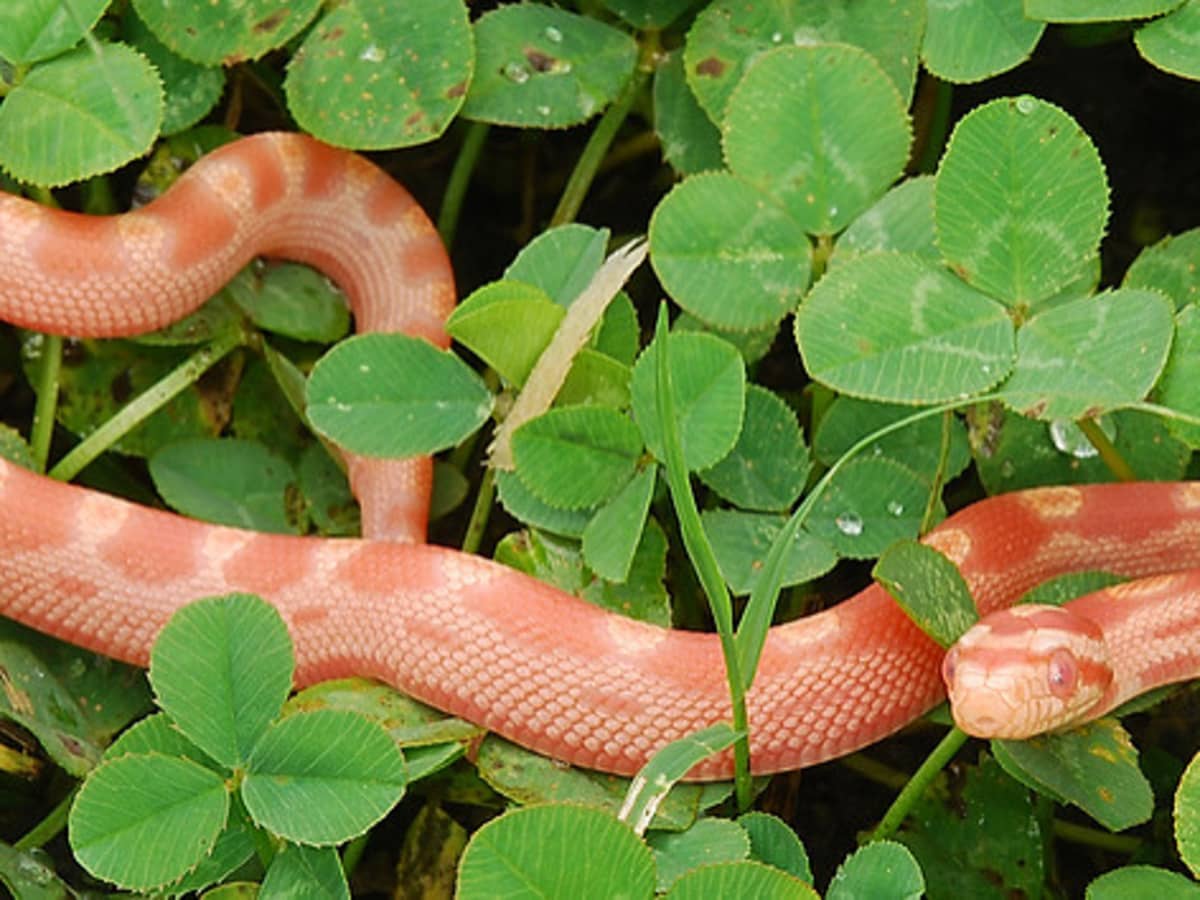
Corn snakes typically have a lifespan of around 6 to 8 years. They can live up to 15 to 20 years or even longer if they get proper care in captivity.
4. They hibernate in winters

While snakes do not hibernate, corn ones experience hibernation during the colder months of the year. The period is called brumation.
5. They are active in night time

Corn snakes are primarily nocturnal. In other words, they are most active during the night.
Also Read: Mind-Blowing TIL Facts
Also Read: Interesting Facts About Education
Facts about anaconda snakes
1. Anacondas are great at swimming

Anacondas are excellent swimmers and are well-adapted to marine life. They are mostly found in rivers, streams, and swamps as they hunt for their prey.
2. Anacondas eat flesh
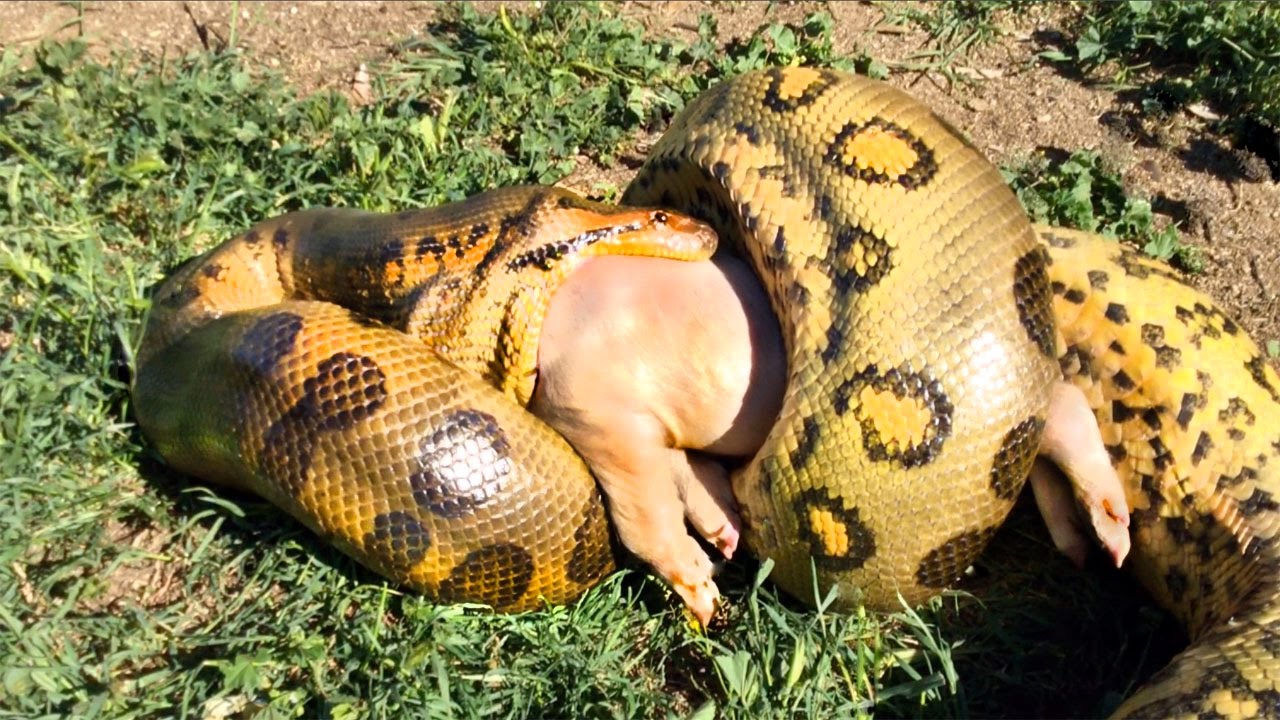
Anaconda snakes are carnivorous. They primarily feed on a variety of animals, including fish, birds, reptiles, and mammals.
3. They live in tropical rainforests

Anacondas are native to the tropical rainforests and swamps of South America. They also live in Brazil, Venezuela, Colombia, and parts of the Guianas.
Also Read: Bollywood Facts That Shouldn’t Live In My Head Rent Free
4. They are quite large in size
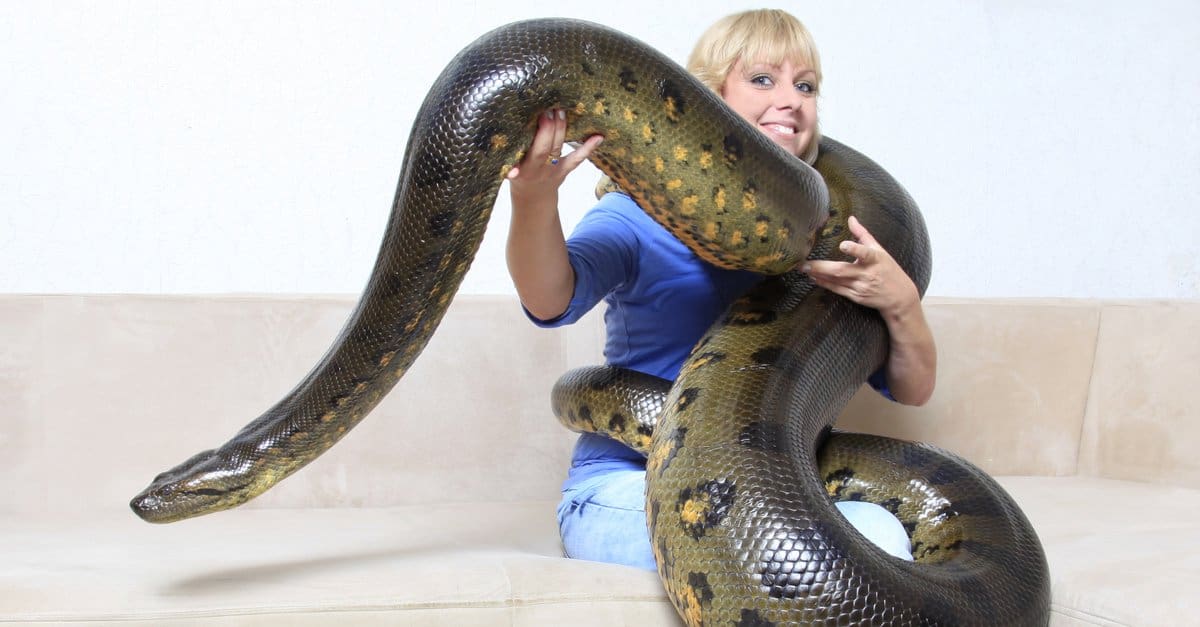
The Green Anaconda is the largest and heaviest species in the group. Female anaconda reaches lengths of up to 20-30 feet (6-9 metres) and weighs as much as 550 pounds (250 kilograms). Male anaconda goes up to around 10-15 feet (3-4.5 metres).
5. They are not aggressive until provoked

In general, anacondas are not aggressive towards humans unless they are being provoked or threatened. They prefer to avoid confrontations.
Also Read: Kinky Facts From History
Facts about garter snakes
1. Garter snakes are small

Garter snakes are relatively small snakes. Their lengths usually ranges from 18 to 26 inches (45 to 66 centimetres).
2. They are found in North America
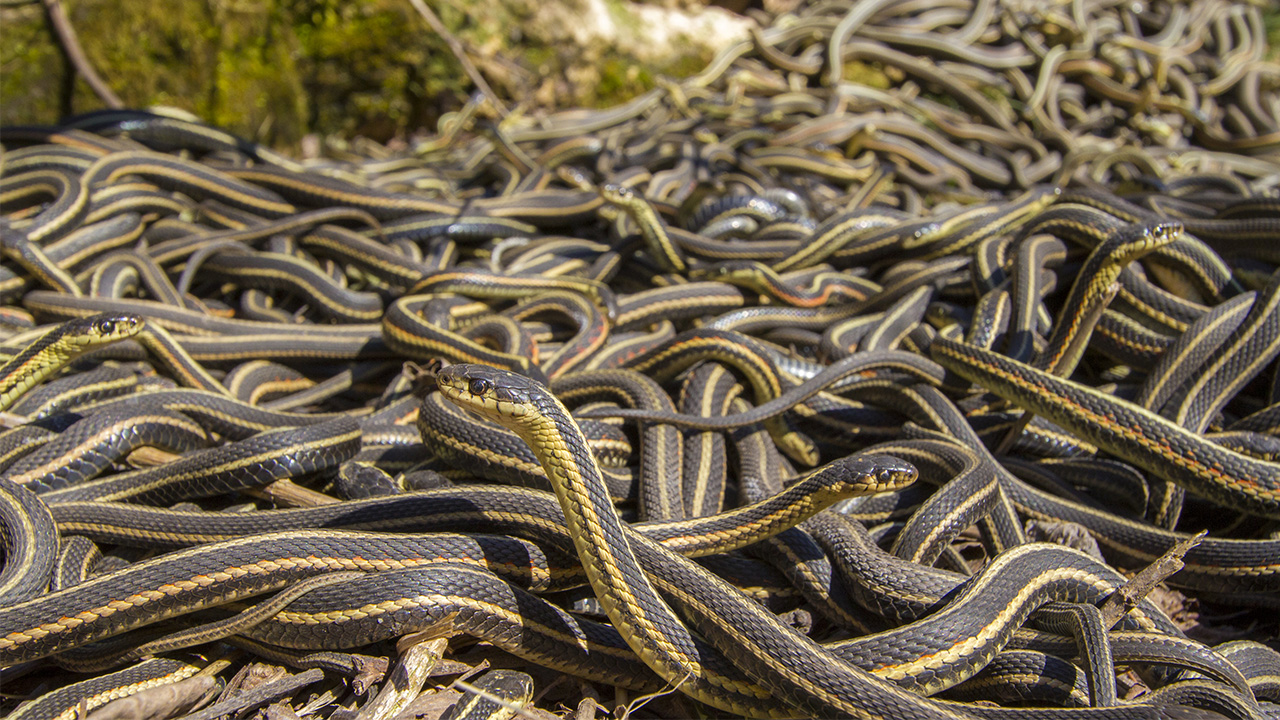
Garter snakes are adaptable to various habitats, including grasslands, forests, wetlands, and suburban areas. They are found throughout much of North America, from southern Canada down to Central America.
3. They are active during the day

Garter snakes are diurnal. In other words, they are primarily active during the day. They are also excellent climbers and swimmers.
4. They are non-venomous

Garter snakes are non-venomous and do not pose any significant threat to humans.
5. They release a foul-smelling musk

Garter snakes may release a foul-smelling musk from their anal glands. This happens as a defense mechanism if they feel threatened.
Also Read: Interesting Facts About Ravan
Facts about black mamba snakes
1. Black mambas are found in sub-Saharan Africa
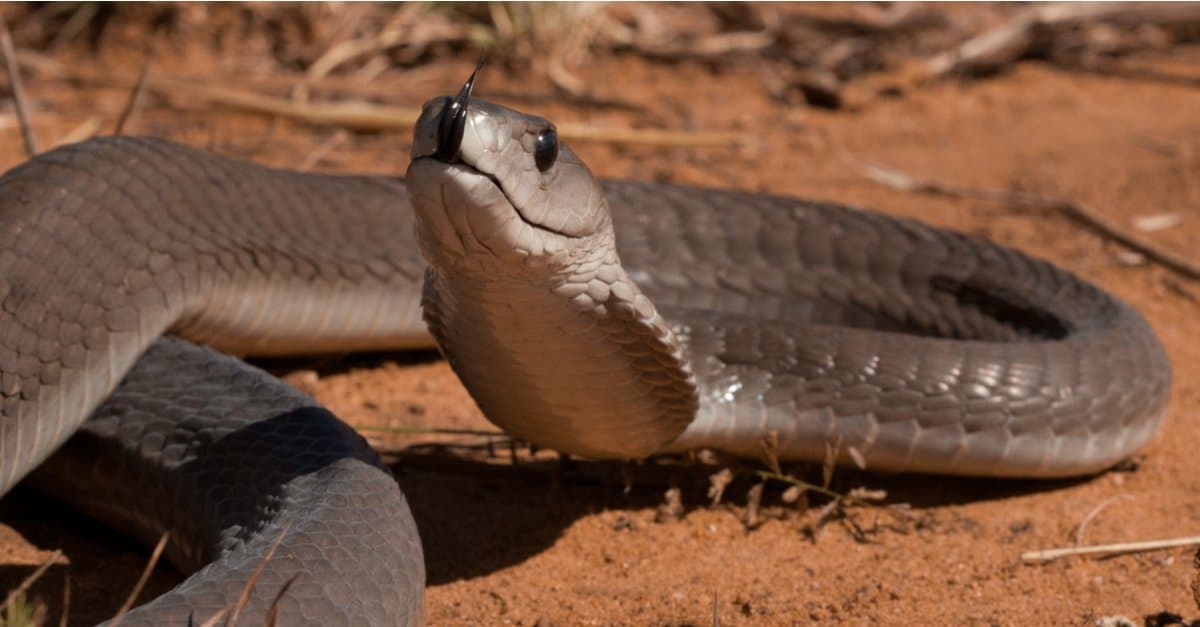
Black mambas are found in sub-Saharan Africa. They mostly live in countries like South Africa, Namibia, Mozambique, and Zimbabwe.
2. They are world’s one of the longest venomous snakes

Black mambas are one of the longest venomous snakes in the world. They can reach lengths of up to 8 to 14 feet (2.5 to 4.5 meters).
Checkout – Disturbing Fact
3. They aren’t entirely black in colour
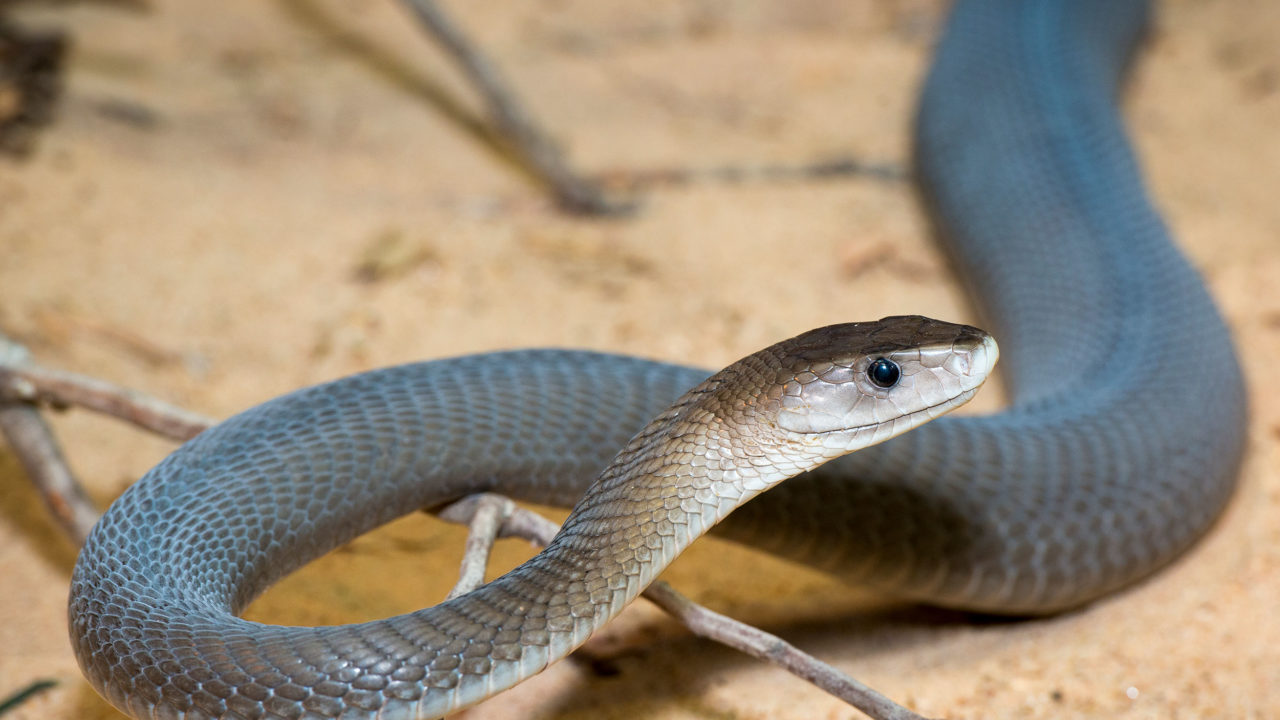
Black Mambas are not really black. The colour varies from grey to dark brown, with a lighter underside.
4. Their venom can cause paralysis and death
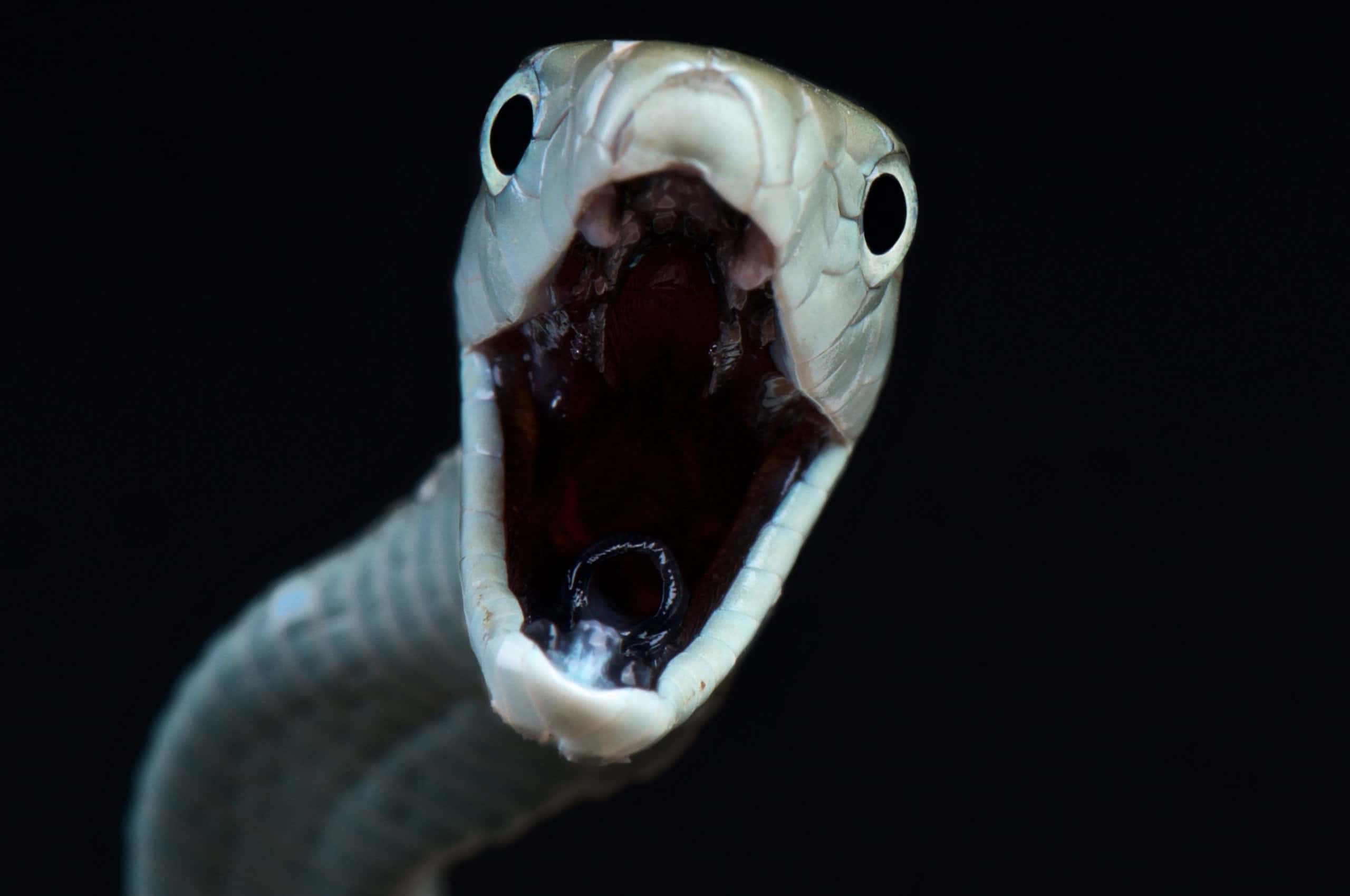
The venom of black mambas are highly toxic. It attack the nervous system and can lead to rapid paralysis and death if not treated on time.
5. They are quite fast
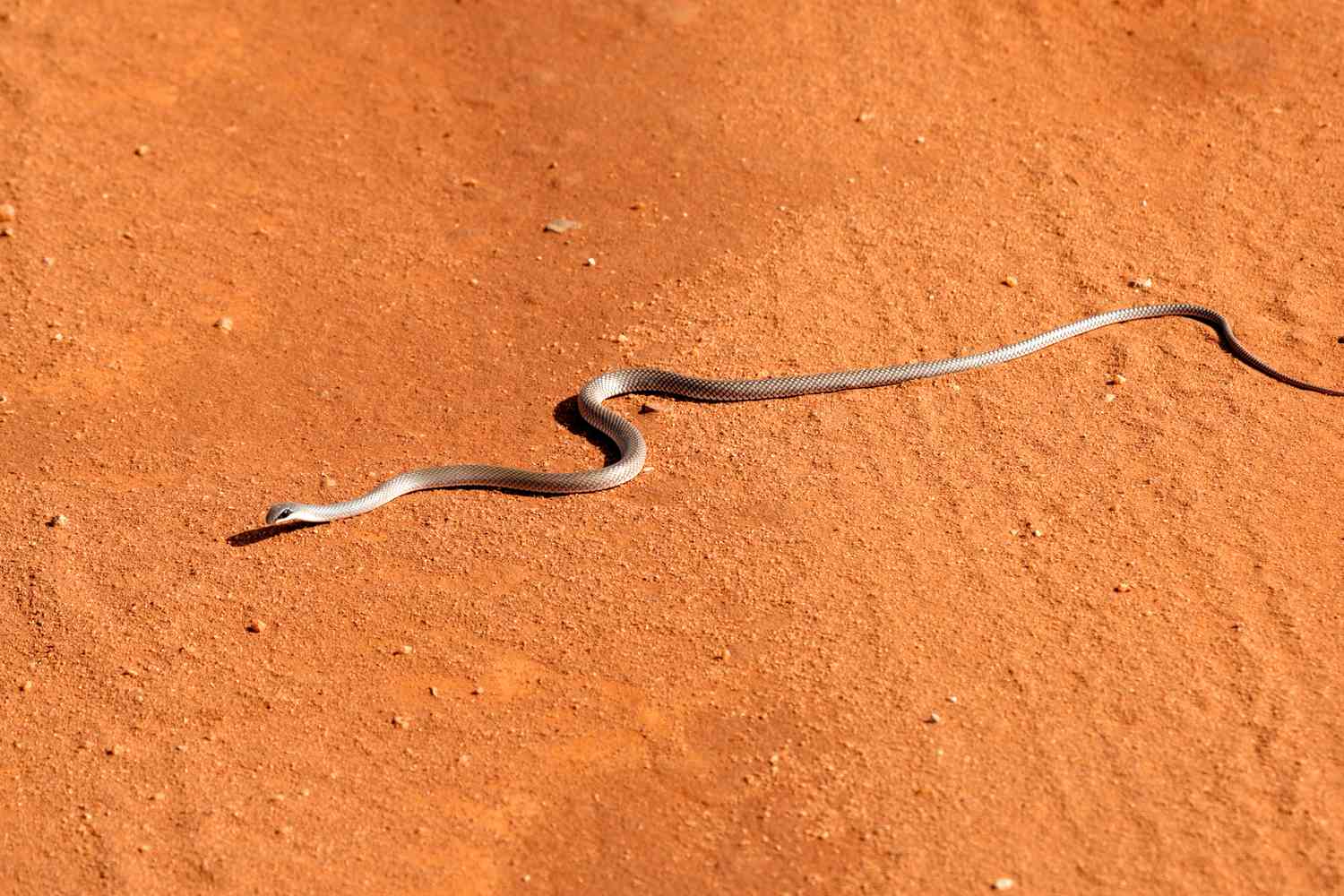
Black mambas are fast and agile snakes. They can reach speeds of up to 12.5 miles per hour (20 kilometres per hour) over short distances.
Also Read: Amazing facts about World
Did you know about these facts?
FAQs
Q1: How many species of snakes are there in the world?
A. According to National Geographic, are more than 3,000 species of snakes on the Earth. Out of which 600 species are venomous.
Q2: What are some interesting adaptations that snakes have?
A. Some of the interesting adaptations that snakes have include camouflage, flexible jaws, heat-sensitive pits, Jacobson’s organ, and more. They also don’t have a problem living without limbs.
Q3: Are all snakes venomous?
A. No, not all snakes are venomous. In fact, the majority of snake species are non-venomous. While 70% of all snake species are non-venomous, the remaining 30% are venomous to some extent.
Q4: How do snakes move without legs?
A. Snakes can move without legs through a method called serpentine locomotion.
Q5: What are some common myths and misconceptions about snakes?
A. A lot of people believe that all snakes are venomous. They also think that snakes are aggressive or cutting their head off prevents it from biting.
Q6: How do snakes eat and digest their food?
A. The prey is initially captured and swallowed, followed by the processes of stretching and progression in a reptile’s mouth. Later, it gets digested in the snake’s belly.













